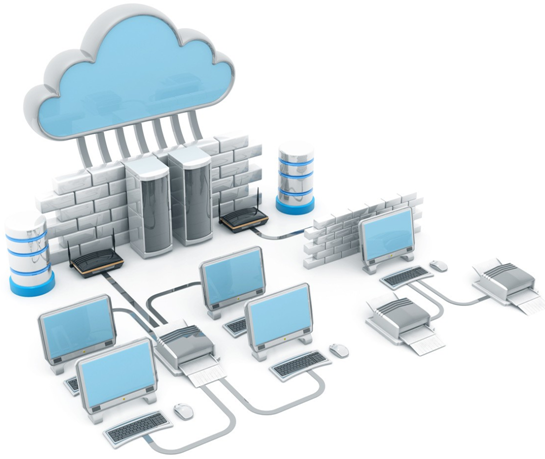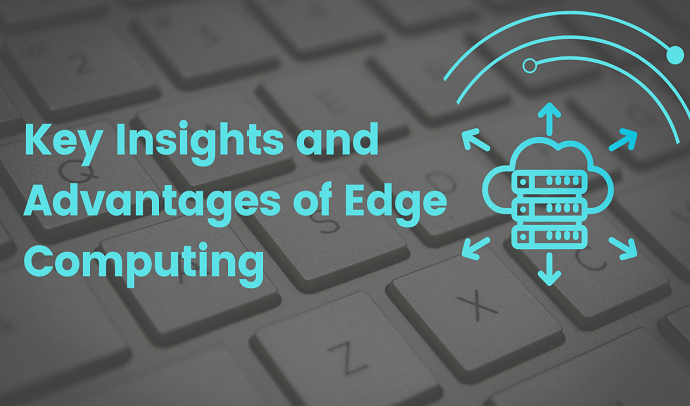Table of Contents
Introduction
What is Edge Computing?

Edge computing is a decentralized computing paradigm that involves processing data closer to the location where it is needed, rather than relying on a centralized cloud server. This approach reduces latency by minimizing the distance data needs to travel, enabling faster and more efficient real-time processing. It optimizes bandwidth usage, enhances security, and supports the scalability of diverse computing environments.
Understanding Edge Computing:
Decentralized Paradigm:
- Shifts from centralized cloud computing.
- Distributes computation and data storage closer to the source.
Proximity to Data Source:
- Processing data at or near the edge of the network.
- Reduces the distance data needs to travel for analysis.
Reduction of Latency:
- Minimizes delays in data processing.
- Enables near-instantaneous responses for real-time applications.
Alleviation of Bandwidth Strain:
- Localized processing reduces the need for transmitting large amounts of raw data.
- Conserves bandwidth and mitigates potential network congestion.
Enhanced Real-Time Capabilities:
- Facilitates real-time data analysis and decision-making.
- Critical for applications requiring immediate responses, such as IoT devices and autonomous systems.
Key Advantages of Edge Computing:
Low Latency and High Speed: Edge computing minimizes the distance data needs to travel, reducing latency and enabling near-instantaneous processing. This is critical for applications where real-time responses are essential, such as autonomous vehicles, augmented reality, and industrial automation.
Enhanced Privacy and Security: Edge computing addresses concerns related to data privacy and security. Since sensitive data is processed locally, there’s less exposure to potential security threats during transit to distant servers. This is particularly crucial for applications dealing with personal or confidential information.
Scalability and Resource Efficiency: Edge computing distributes computing resources across a network of devices, allowing for scalable and efficient utilization of resources. This flexibility accommodates the dynamic demands of various applications, ensuring optimal performance.
Support for IoT Ecosystems: The proliferation of IoT devices is a driving force behind the adoption of edge computing. By enabling devices to process data locally, edge computing supports IoT ecosystems’ scalability and diverse requirements, from smart homes to industrial IoT.
Applications Transforming Industries:
Smart Cities: Edge computing plays a pivotal role in building smart cities by facilitating real-time monitoring and control of various systems. From traffic management and environmental monitoring to public safety, edge computing ensures efficient and responsive urban infrastructure.
Healthcare: In healthcare, edge computing supports remote patient monitoring, predictive analytics, and real-time processing of medical data. This not only improves patient outcomes but also enhances the efficiency of healthcare delivery.
Manufacturing and Industry 4.0: Edge computing is a cornerstone of Industry 4.0, where it enables predictive maintenance, quality control, and automation. By processing data at the edge, manufacturing operations can achieve higher efficiency and reduce downtime.
Autonomous Vehicles: The automotive industry benefits significantly from edge computing, especially in developing autonomous vehicles. Edge processing enables quick decision-making based on real-time data from sensors, ensuring the safety and reliability of autonomous systems.
The Future of Edge Computing:
- Integration in diverse fields: retail, finance, energy, and agriculture.
- Advancements in 5G, AI, and IoT.
- Continued exploration of innovative applications.
- Transforming the way data is harnessed and processed.
Conclusion
Edge computing stands at the forefront of technological evolution, heralding a paradigm shift in data processing. With its capacity for low latency, heightened security, and seamless integration with IoT, edge computing emerges as a pivotal force shaping the future of technology. Explore the essence of Edge Computing and shape a new era of connectivity with CloudOpty.

